Research | What can blockchain technology do to fight the epidemic?
Since the outbreak of the new coronavirus pneumonia epidemic, the author's mood when brushing Weibo and friends circles at home every day is more ups and downs than the K-line chart of some funds.
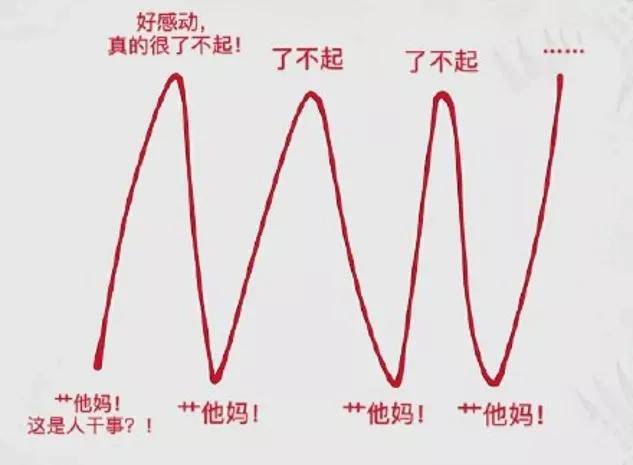
I was laughed at until the news about this Korean guy was shining.

- Clarity and to-be-defined content of the central bank's digital currency issuance
- Voice from the front line: how blockchain companies fight the "epidemic"
- Hackers are getting smarter, with the largest number of exchange attacks ever in 2019
Coincidentally, let's not patronize foreigners:
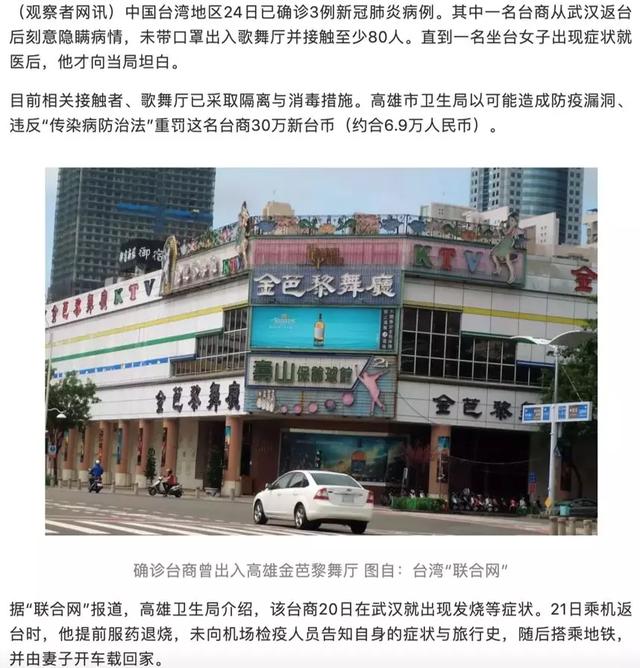
In addition to making me cry and laugh, these two news also gave me a little inspiration.
In fact, since the epidemic broke out, because I do n’t have to go out to visit relatives and friends, I have been thinking about the question at home: What contribution can the blockchain industry make to fighting the epidemic?
• Of course the easiest is to donate money and supplies directly, or even send someone to be a volunteer;
• Followed by the use of blockchain technology to provide traceability and publicity services for relief materials and charitable funds, etc., to make all kinds of information open and transparent;
• A more far-reaching one is to look to the future, using blockchain technology and decentralized concepts to improve the infectious disease monitoring and early warning network and decision-making process, to avoid major losses caused by a small number of key central nodes hiding the epidemic.
However, these ideas have a common disadvantage: they have been written by others, and I naturally feel embarrassed to pick up the wisdom of others.
The case of two brothers in the news brought a question to my vision: how to screen potential infections more effectively?
As everyone knows, in the absence of specific drugs and vaccines, the most effective way to fight infectious diseases is to block the transmission route. The following popular science microblog has clearly explained the significance of taking isolation measures:
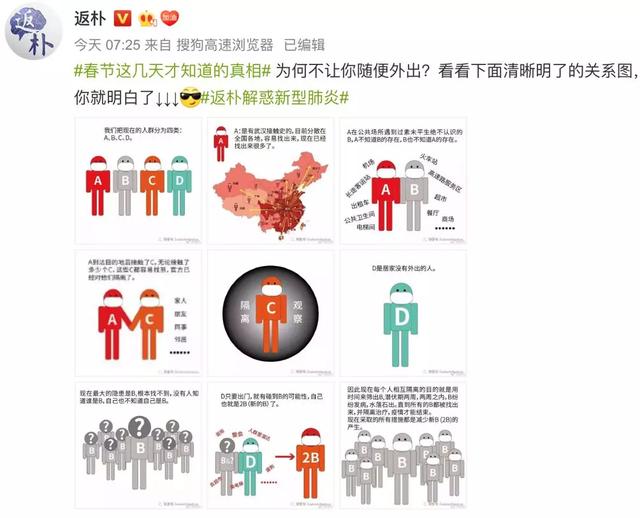
A is a person with a history of contact in Wuhan, B is a person in contact with A in a public place, C is a person A knows and contacts, and D is a person at home. Among them, A and C are easy to be screened for isolation and observation, but it is difficult to distinguish who belongs to B, especially B itself does not know that he is B.
In order to quickly screen out the Class B population, information such as the number of trains or flight numbers of confirmed patients is made public, and many Internet companies have also quickly launched a service for checking confirmed passengers.
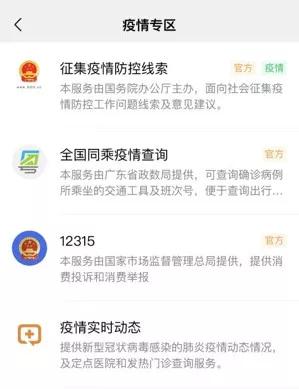
Such a ride-hailing query service undoubtedly provides a great help in identifying the B-type population, but its effect is still limited. The most obvious problem is of course that the scope of the query is very limited. You can only query whether you have contacted A-type people on long-distance public transport. It cannot cover information on city buses and subways, let alone stations, high-speed service areas, shopping malls, and restaurants. Even other places such as elevators.
For more accurate screening of the B population, path information for confirmed patients is needed. Either by the patient to declare or by other means to determine.
If you take the initiative to declare, there will inevitably be concealment and omission. On the one hand, it is difficult to ensure that everyone is willing to submit their own private information. On the other hand, people's memories are not particularly reliable, especially in trivial matters.
Since the voluntary declaration is not accurate enough, can it be solved with existing technical means? In theory, if you collect all the data of all surveillance cameras, communication operators, credit cards, and Alipay, it is not difficult to determine the path of action of an ordinary person. For example, the Korean brother in the opening news was easily "sold out" by credit card records.
However, in practice, it is very difficult to integrate the data of various companies and departments. It involves complex cross-regional and cross-department coordination and massive data retrieval, which is difficult to use on a large scale. For example, tens of thousands of people with a history of contact in Wuhan now have thousands of new confirmed cases every day across the country and around the world. Even if the data are available, they cannot be analyzed.
In addition, even if it does not mention the technical difficulty, integrating the privacy data of all people, there are huge risks in law and ethics. We do not want to be monitored and recorded, and we are not willing to bear the risk of misuse of private information. The reason for preventing infectious diseases is not enough to make people willingly give up their right to privacy.
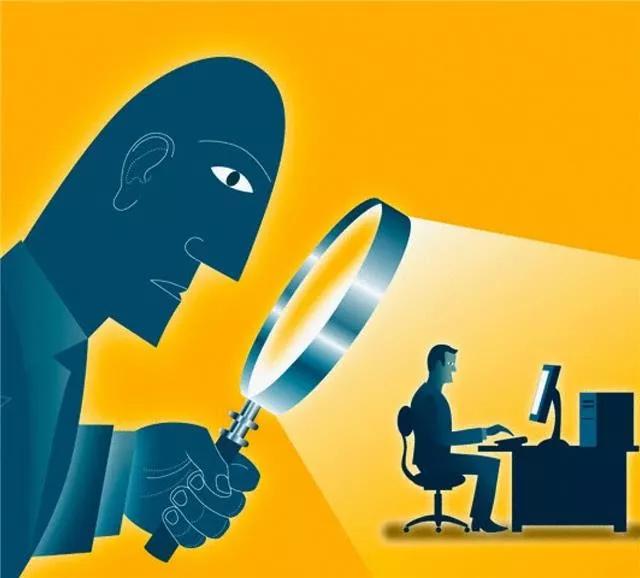
So, can we use technology to protect personal privacy from being leaked, and motivate people to voluntarily report their path information truthfully, thereby improving the efficiency and accuracy of screening? Blockchain and cryptography technology may solve this problem.
There are many technologies for protecting privacy in cryptography. This scenario can use the "Private Set Intersection" (PSI) technology in cryptography.
The problem description of "private set intersection" can be abstracted as two people-Alice and Bob, each having a set, and they want to calculate the intersection (or the size of the intersection) of the two sets without telling each other the content of the set. . At present, there are many mature solutions to solve the PSI problem, including pure software solutions based on cryptographic protocols and hardware solutions based on security chips such as SGX. Due to space limitations, I will not repeat them here.
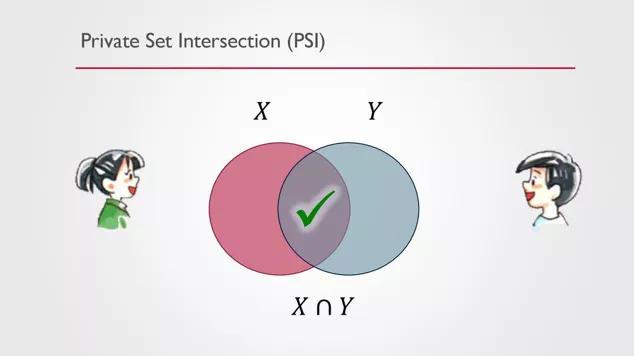
Illustration from slides by Peter Rindal of OSU
In the application of Intersect Screening for Diagnosed Patients, each element in the user set records which public place the user has visited at what time. Assuming that Alice is a class A person, the other user, Bob, can determine whether he has contacted Alice in a public place based on the size of his intersection with Alice's private set, so as to achieve the same without leaking the private information of the diagnosed patient. Screening of B-type functions.
However, the technology of cryptography only solves the problem of how to compare in the case of historical trip data, and does not urge users to actively record this information-even if all the private data is only stored locally on the user's mobile phone, without uploading to the server. If you can't motivate users to record their own travel information, then no matter how good the technology is, you can't get rid of the plight of clever women.
The question of how to motivate the user really annoyed me for a while, until my colleague offered me an idea that could provide evidence that the suspected patient with a history of contact with the confirmed patient was preferentially tested and treated.
Faced with a large-scale outbreak, the shortage of medical resources is an unavoidable reality. Especially in the early stages when we don't know enough about this epidemic, the ability to detect and diagnose cannot keep up with the speed of virus transmission. Many suspected patients are unable to receive viral nucleic acid tests in a timely manner, and many people do not even have the opportunity to be labeled as suspected patients. This is very unfavorable for saving the lives of patients and isolating contacts as soon as possible to control the epidemic.
On the other hand, out of panic, many patients with a common cold who are not infected with new coronary pneumonia are also eager to be examined at the first time. After all, no one can be sure that they are really just a common cold before being checked.
How can we allocate the limited medical resources most efficiently and reasonably? A natural idea is to give priority to those who have had contact history in Wuhan or contact history of confirmed patients (when the severity of the illness is comparable). But this gives incentives for patients in line to lie about their contact history in order to gain attention and prioritize services, especially if suspected and confirmed patients can get free medical care. At this time, if you can come up with a piece of evidence that you have intersected with the confirmed patient's itinerary, it will obviously be more convincing than the vernacular.
Of course, since the readme can be faked, the historical trip recorded on the mobile phone can also be faked. Even if the technical threshold is slightly higher, there will definitely be people who are in trouble for the country to provide the service of falsifying itineraries. Such a "temporary hold" record not only disturbs the order, but also dampens the enthusiasm of other users for truthful recording, which we must eliminate.
At this time, it is the turn of the blockchain to make a grand appearance.
As we all know, the blockchain has the characteristics of immutability, which is the nemesis of all illegal modifications. Therefore, it is only necessary to adopt the idea of blockchain certificate to fix the user's itinerary information, and the risk of forgery or tampering in the future can be avoided. In this way, there is evidence of the blessing of blockchain certificate, and its credibility has reached a new level. If patients with historical records are diagnosed, their travel information can be used for the next screening and directly contribute to controlling the spread of the epidemic.
In this way, by combining privacy computing technology and blockchain technology, we are expected to expand the existing "confirmed patient ride query" to a larger scope and finer granularity, greatly improving the efficiency of screening B-type contacts. And accuracy to contribute to more accurate and rapid control of the epidemic.
Written at the end: The above proposal is just a technical starting point, and there is a high probability that it will not be able to keep up with the new crown pneumonia epidemic. In the face of problems in the real world, "pure technology" solutions are often very weak, because after all, it is still "people" that play a decisive role. The country's top virus research laboratories and SARS-based infectious disease surveillance and early warning networks None of the outbreaks have played their due role in this outbreak. But we also don't need to be overly pessimistic, because "technology" is just a tool or a weapon, and it can only exert its original power in the right people. The completion of the Vulcan Mountain Hospital in ten days has witnessed how powerful the technology can be when it is in the hands of the right people.
If there is another epidemic situation, I hope that at that time we will already have an itinerary intersection query system blessed by blockchain + privacy computing technology, a logistics traceability and tracking system enabled by blockchain technology, charity funds and donated materials based on blockchain The management system is waiting for it, and I hope that people at that time can give full play to the power of these new technologies and systems to put the epidemic out of the bud state that most people have not noticed.

We will continue to update Blocking; if you have any questions or suggestions, please contact us!
Was this article helpful?
93 out of 132 found this helpful
Related articles
- Cosmos director broke: Jae Kwon stepped down as CEO to avoid responsibility
- Is the option market, which suffered a shrinking trading volume at the beginning of the year, still worth watching?
- The central bank's trading gold blockchain platform helps corporate financing, and national project support breaks through development difficulties
- Blockchain + epidemic fight: expose data to the sun
- Baton secures another $ 4 million in funding and completes $ 12 million in Series A financing
- Lava Interpretation | PoC2 + Upgrade: What Can the New Standard Bring to the PoC Field?
- Libra launch or meet resistance again: retreat storm, more rivals, can be launched in 2020?




